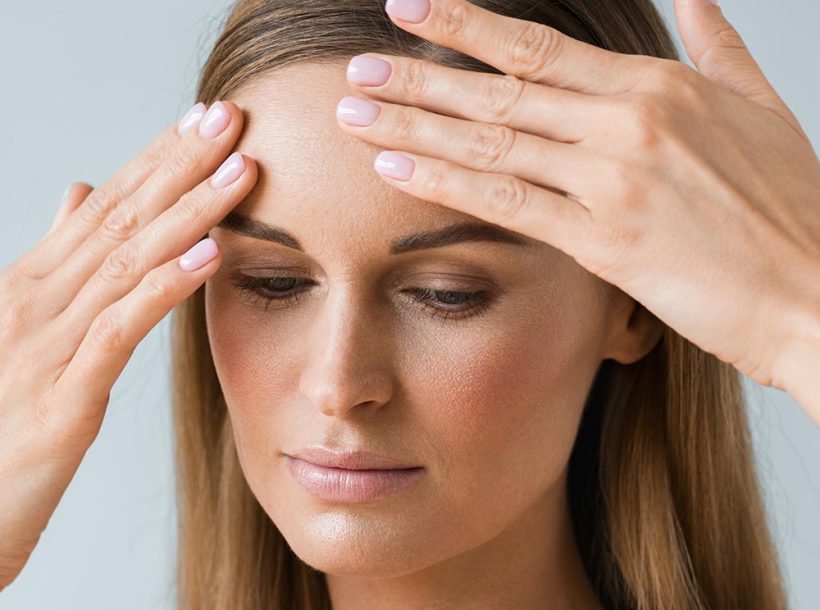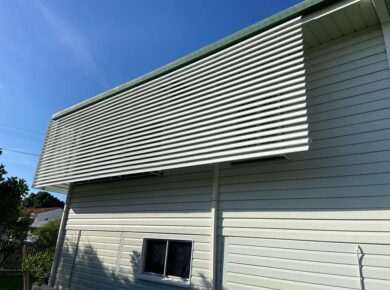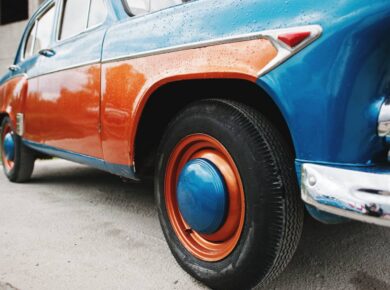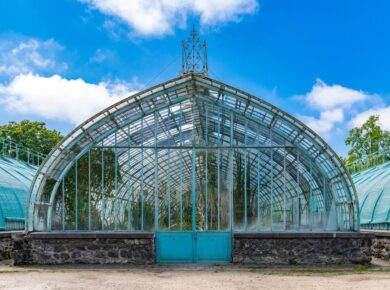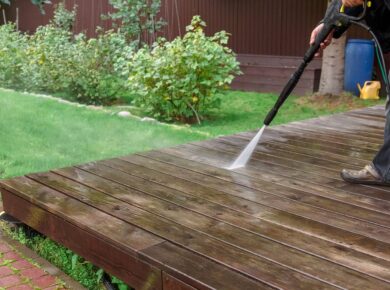When the weather changes, do you ever notice that your rosacea (the redness and inflammation that affects the centre of the face) may increase or decrease in sensitivity?
Rosacea, while not as common as other skin conditions, affects around 10% of the Australian population and unfortunately, has no cure. It can be managed with topical rosacea creams to reduce inflammation, redness, and bumpy skin. While lifestyle changes, in-clinic laser or IPL or light treatments for redness and broken vessels will complement any rosacea treatment cream.
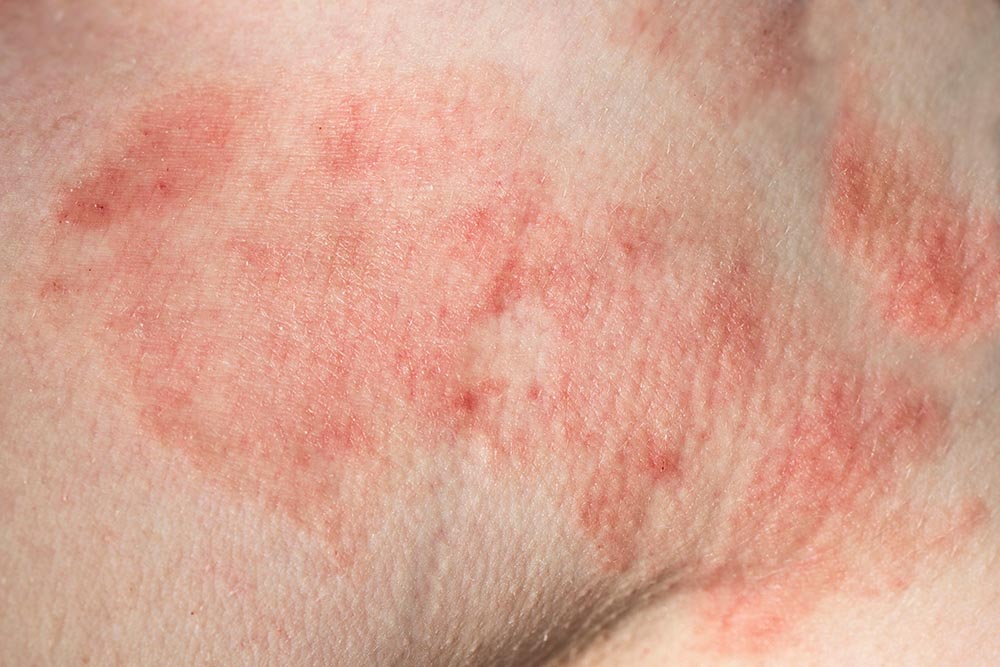
What is rosacea?
Rosacea is a chronic inflammatory disorder that occurs on the facial skin. The most common symptom is redness across the centre of the face (nose, cheeks, chin, and forehead). This redness is ever-present and intensifies from time to time. Acne-like spots, rough skin, and visible blood vessels (called ‘telangiectasia’) can also develop as the rosacea progresses.
People with rosacea tend to flush or blush, especially when nervous or anxious, drinking alcohol, eating spicy food or after exposure to the sun. Cold, dry weather can also make rosacea flare-up. Dry, itchy, and sensitive skin that reacts to skincare products is also a common symptom.
It most often affects women over the age of 30 with lighter skin tones, although it can develop at any age, and can occur in deeper skin tones. Rosacea has also been found to run in families. In men over 50, rosacea can present as thickened, red, and lumpy, bulbous skin, particularly on the nose (called ‘rhinophyma’).
Sore, dry, red, bumpy, and sensitive skin can make you feel anxious, embarrassed, and depressed, which we all know does nothing for your self-confidence. If you suspect you may have rosacea, you either visit a dermatologist or get in contact with a telehealth medical skincare provider to have them prescribe a tailored rosacea cream suited to your skin.
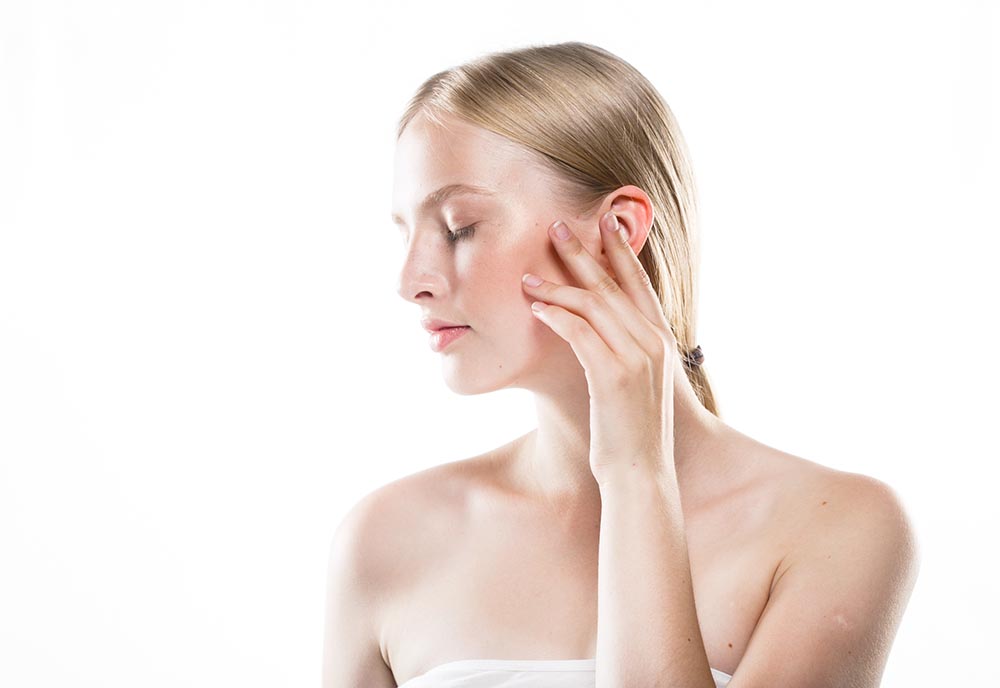
Rosacea and the seasons
Did you know that nearly 90% of respondents for an American National Rosacea Society (NRS) patient survey said their rosacea is affected by the change in seasons?
More than 58% said their symptoms are the worst during the summer. Sixty-one per cent of rosacea sufferers count sun exposure as their biggest trigger. Another 53% blame hot weather for their summertime flare-ups.
Winter was cited as the worst season by 29%, however, among those respondents who live in the northern United States, 35% said that winter was the worst. Spring, and its unpredictable weather, was the worst season for 11% of the rosacea sufferers, but only 2% said the autumn affected them the most.
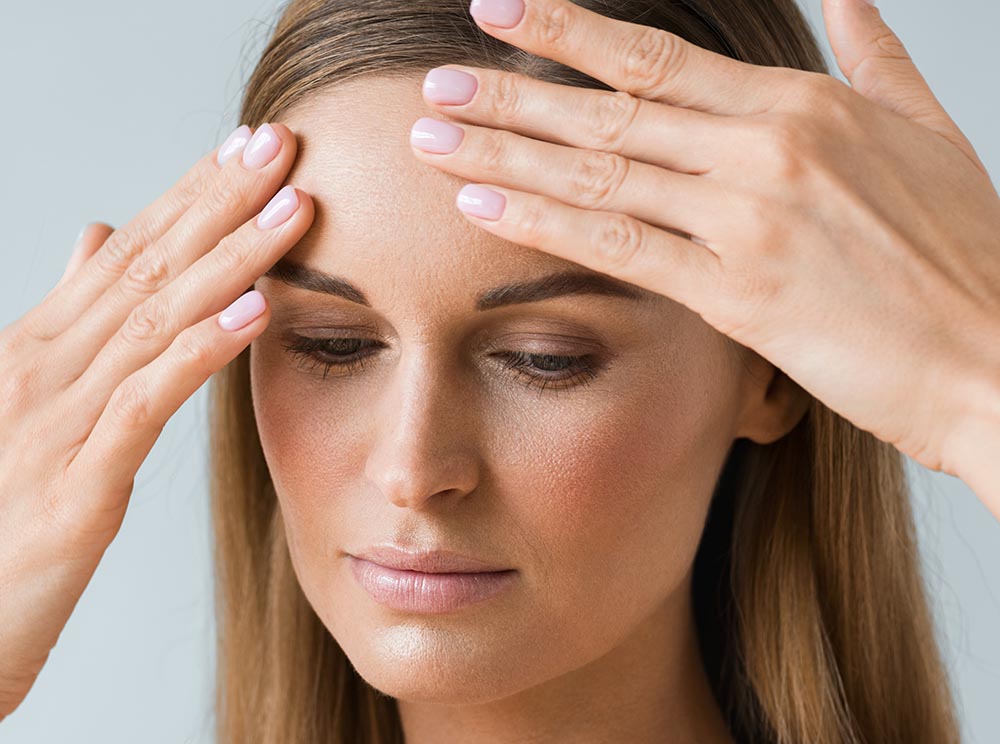
Treating rosacea
Doctors and dermatologists can customise the best rosacea treatment cream for you. You can choose to visit in person or use a telehealth medicine provider to consult with a doctor online via a one-to-one video call. They can help you identify any rosacea triggers and explain which of the multiple rosacea treatment options are right for your skin.
Using clinical guidelines based on the most current and best-available evidence they will design the right rosacea treatment for you – a cream with a fully customised blend of active ingredients that can be adjusted to suit your skin’s tolerance, allergies, and sensitivity level, available only on prescription.
These prescription rosacea creams will contain powerful active ingredients such as:
Azelaic acid – prescription-strength concentrations will help minimise spots, calm inflammation, kill bacteria, and unclog pores which can lead to the bumps that are often mistaken for acne.
Niacinamide – this works to soothe inflammation and improve the skin barrier function.
Metronidazole – a topical antibacterial, anti-inflammatory, and antiprotozoal medication that is used to treat mild-moderate rosacea. Multiple clinical trials have demonstrated the effectiveness and safety of this drug in treating rosacea and reducing facial redness.
Prescription retinoids – these should only be included in your skincare regimen once you have learnt how to manage your rosacea. Even then, only prescription-strength retinoids that are well-tolerated by sensitive skin should be used.
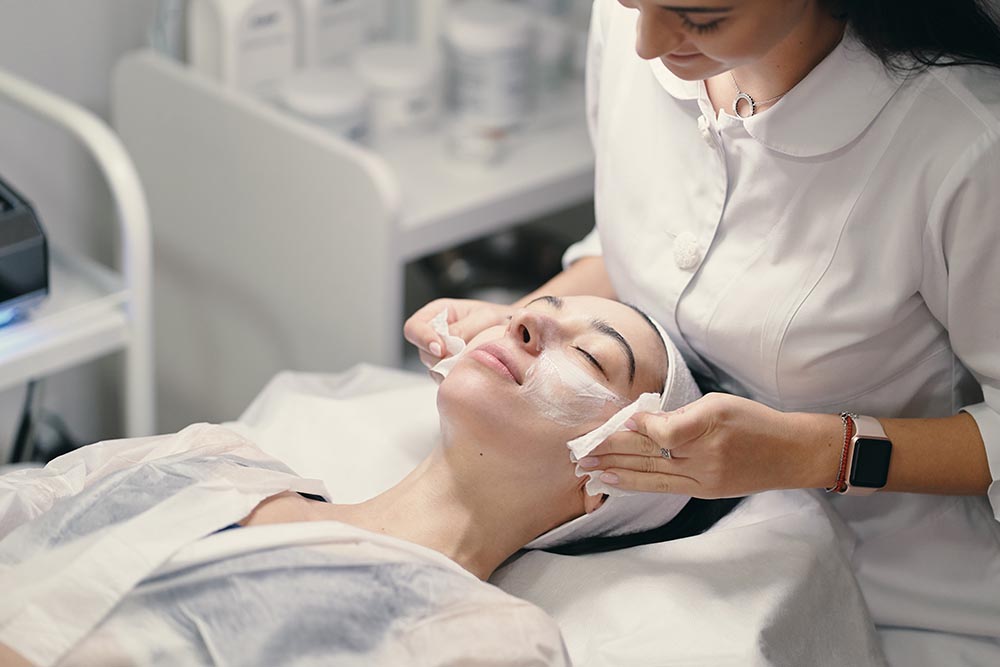
Managing rosacea
With no cure, managing and minimising flare-ups is the only way to handle rosacea. Just because you have rosacea doesn’t mean you should have to stay indoors during the hot summer and cold winter months. Instead, find ways to minimise flare-ups when you are outdoors and in the elements.
In the summer
When it’s hotter outside, the blood flow to your skin increases. When you exercise or sweat, your body works harder to keep you cool, which, inadvertently exacerbates your rosacea symptoms.
- Exercise early in the morning or late in the day when temperatures are cooler, the sun isn’t as hot and shining directly on your face.
- Exercise indoors where it’s air-conditioned to keep your skin temperature regulated.
- Avoid alcohol if it’s one of your rosacea triggers or alternate between drinks and cold water.
- Limit your intake of spicy foods that can bring about skin redness and flushing, as well as any food items that contain histamines (such as chocolate).
- Wear plenty of sunscreen when you are outside and reapply every 2-3 hours.
- Wear a hat and sunglasses to protect your face.
- Avoid getting a sunburn when you’re outdoors.
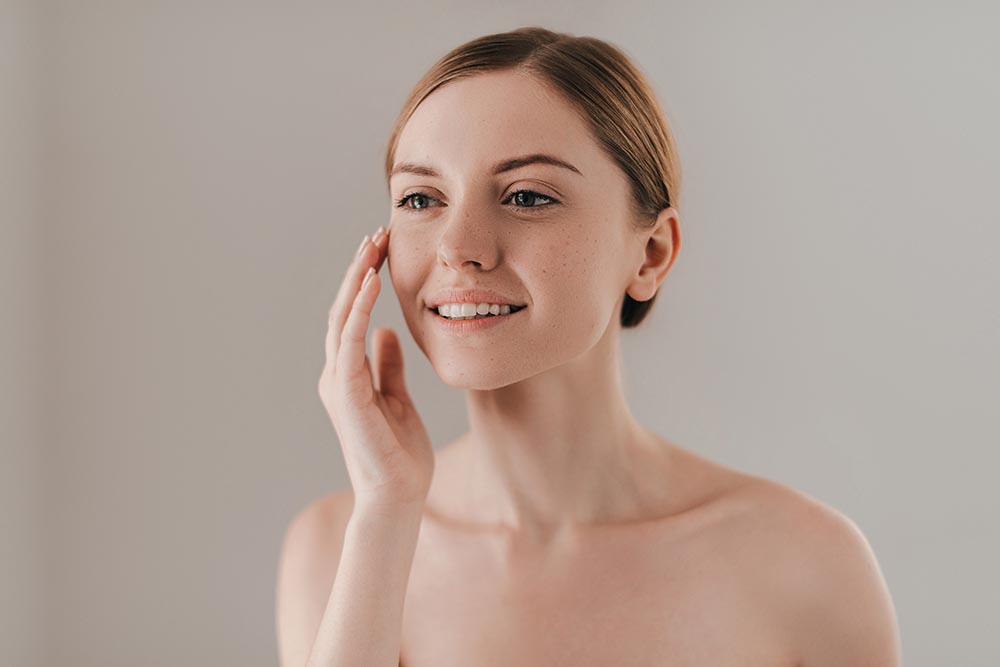
In the winter
When you have rosacea, temperature extremes and sudden changes in temperature, like walking into a heated home after being out in the cold outdoors, can trigger it. Winter wind dries out your skin, and the wind itself can be a trigger. As cold air contains very little moisture, it can draw the much-needed hydration out of your skin.
- Properly moisturise with a thick cream to tackle the winter dryness.
- Invest in a humidifier to balance the indoor humidity of your home by countering the dry air produced by indoor furnaces, fires, and heaters.
- Avoid heat sources. Those blasts of hot dry air warming your home and hot baths can both be triggers.
- Use only lukewarm water to avoid aggravating your skin.
- Protect your skin against winter winds with a scarf covering your cheeks, nose, and mouth.
- The winter sun can still burn, especially if it’s bouncing off snow and ice onto your skin. Sunscreen is still your friend!
